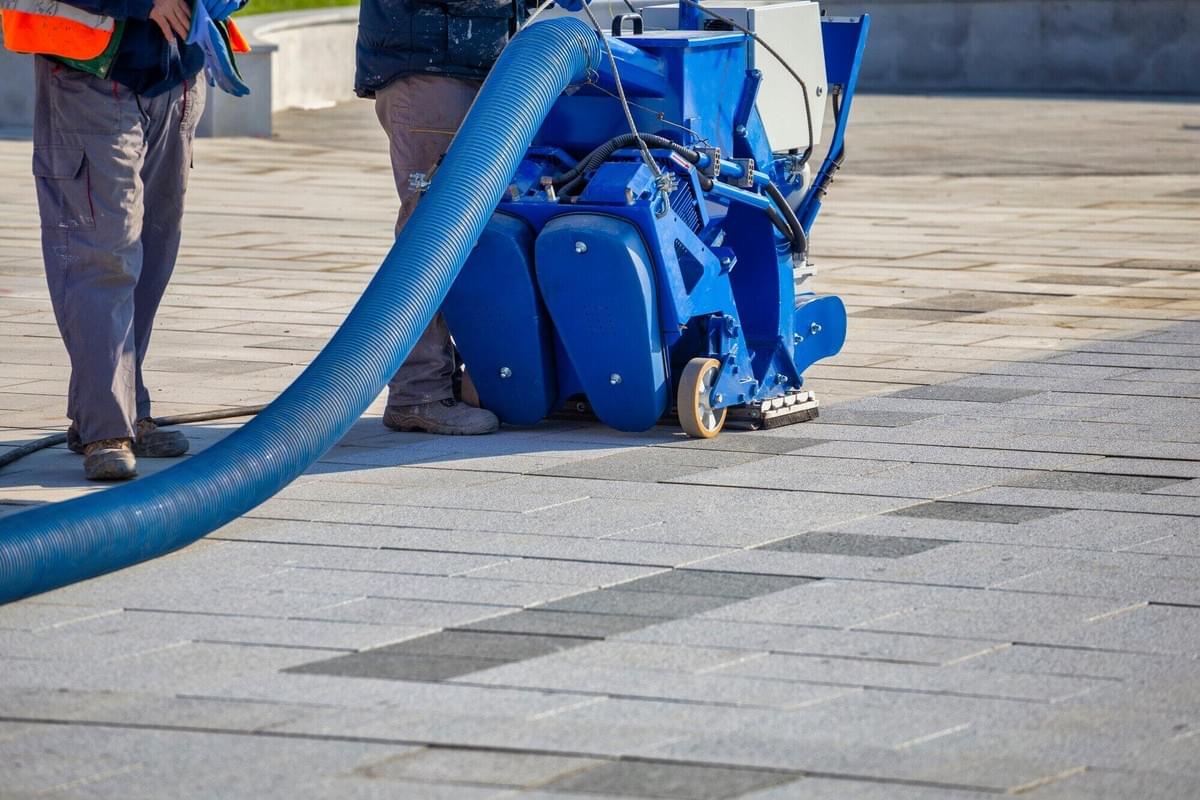
In industrial settings, choosing the best robotic abrasive blasting machines is a critical decision that can significantly impact efficiency, productivity, and the quality of surface preparation processes. Whether you're in manufacturing, automotive, aerospace, or other industries requiring surface treatment, selecting the right robotic abrasive blasting machine is paramount. Here's a comprehensive guide to help you make an informed decision: Click here to learn more about robotic abrasive blasting machines.
1. Assess Your Application Needs:
Before diving into the world of robotic abrasive blasting machines, take the time to assess your application needs thoroughly. Consider factors such as:
The type of substrate/material being blasted (e.g., metal, concrete, composite).
Desired surface finish (e.g., smooth, rough, textured).
Production volume and throughput requirements.
Any specific challenges or constraints unique to your application.
Understanding your application needs will serve as a foundation for evaluating different robotic abrasive blasting solutions.
2. Understand Robotic Abrasive Blasting Technology:
Robotic abrasive blasting technology automates the surface preparation process using robotic arms equipped with blasting nozzles. These machines precisely control nozzle movement, abrasive delivery, and blasting parameters, resulting in consistent and uniform surface treatment. Understanding the capabilities and limitations of robotic abrasive blasting technology is essential for making informed decisions during the selection process.
3. Research Available Options:
Explore the market to find robotic abrasive blasting machines offered by reputable manufacturers and suppliers. Consider factors such as:
Brand reputation and industry experience.
Technological innovation and advancements.
Customer reviews and testimonials.
Customization options and flexibility.
Gathering information about available options will help you narrow down your choices and focus on solutions that best meet your requirements.
4. Evaluate Performance and Efficiency:
When evaluating robotic abrasive blasting machines, pay close attention to performance and efficiency metrics, including:
Precision and accuracy of nozzle positioning.
Consistency and uniformity of abrasive delivery.
Adjustability of blasting parameters (e.g., pressure, nozzle angle, standoff distance).
Cycle times and overall productivity.
Choosing a machine with high-performance capabilities and efficient operation will optimize your surface preparation processes and minimize downtime.
5. Consider Customization and Flexibility:
Different applications may require specific configurations or adjustments to meet unique requirements. Look for robotic abrasive blasting machines that offer:
Modular designs that allow for customization and scalability.
Adjustable settings to accommodate different substrates, surface profiles, and blasting conditions.
Compatibility with various abrasives and media types.
Choosing a flexible and customizable solution will ensure that your robotic abrasive blasting machine can adapt to changing needs and applications over time.
6. Ensure Safety and Compliance:
Safety is paramount in industrial environments, especially when dealing with abrasive blasting processes. Prioritize machines that incorporate:
Safety interlocks and sensors to prevent accidents and injuries.
Emergency stop buttons for immediate shutdown in case of emergencies.
Protective enclosures to contain abrasive media and debris.
Ergonomic designs that minimize operator fatigue and strain.
Compliance with industry regulations and standards, such as OSHA (Occupational Safety and Health Administration) guidelines, is also essential to ensure a safe working environment.
7. Evaluate Maintenance and Support:
Regular maintenance is essential to keep robotic abrasive blasting machines operating at peak performance. Consider factors such as:
Ease of maintenance and accessibility to critical components.
Availability of technical support and spare parts from the manufacturer or supplier.
Comprehensive maintenance programs and training resources provided.
Choosing a machine with reliable maintenance support and readily available spare parts will minimize downtime and ensure continuous operation.
8. Calculate Total Cost of Ownership:
When evaluating robotic abrasive blasting machines, consider the total cost of ownership (TCO) over the machine's lifespan. This includes:
Initial purchase costs, including equipment and installation.
Operating expenses such as abrasive media, energy consumption, and maintenance.
Potential downtime and associated costs of repairs or replacement parts.
Comparing TCO across different machines will help you make an informed decision based on long-term affordability and value.
9. Test and Validate:
Whenever possible, conduct tests or trials using robotic abrasive blasting machines to validate their performance and suitability for your application. Key considerations during testing include:
Surface quality and finish achieved.
Productivity and throughput rates.
Consistency and repeatability of results.
Testing machines in real-world conditions will provide valuable insights into their capabilities and help you make confident decisions.
10. Seek Expert Advice:
Lastly, don't hesitate to seek advice from experts in robotic abrasive blasting technology. Manufacturers, suppliers, and industry professionals can offer valuable insights and guidance tailored to your specific needs and challenges. Take advantage of their expertise to navigate the selection process effectively and identify the best solution for your application.
Choosing the best robotic abrasive blasting machine requires careful consideration of application needs, technology capabilities, performance, safety, maintenance, and total cost of ownership. By thoroughly researching available options, evaluating features and specifications, and seeking expert advice, you can select a machine that meets your requirements and delivers optimal results for your surface preparation tasks. With the right robotic abrasive blasting machine in place, you can enhance efficiency, productivity, and quality in your operations while achieving significant time and cost savings.
